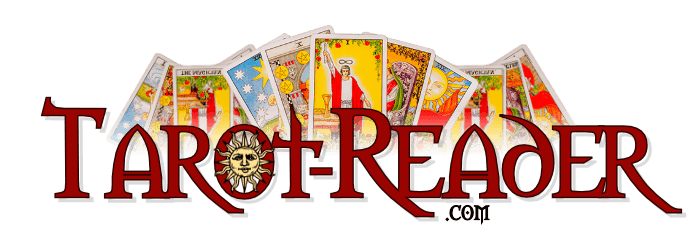King of Cups
Suit: Cups
Element: Water
Function: Emotions, love, spirituality, imagination
The King of Cups looks into the distance. He holds a cup in one hand and a wand or scepter in the other. His stone throne is like an island in the turbulent sea: as even fish and ships are tossed about in the rough waves, his thrones, and thus him the king, remains. There is a fish to his left and a red ship, the color of passion and magic to the right. This is a balance between the imaginative and emotional (fish) and the action needed to take inspiration and make it into something real (a red schooner). The king doesn’t seem to be bothered by any of this. Perhaps he is like Poseidon, the god of the seas, and is not tossed by that which he creates.
The King of Cups wears blue, the color of the spirit, yellow, the color of the intellect, and red, the color of passion. He’s balanced. He’s got all the potential and all the possibilities, but he’s calm. Even though the sky is overcast, and it looks as if it could get stormy, he is calm. The King of Cups has control over his imagination and his emotions. He has mastered these, and he can weather the storm. In fact, he may very well be the storm, since the King of Cups not only masters his emotions, but knows how to direct and use them to create.
The King of Cups does not loose his cool. He’s not in denial of how he feels; in fact, he’s very much aware of his emotions. He just doesn’t let them get the best of him. He doesn’t suppress them either. He knows their power, and he knows that they can move things. He doesn’t give them power over himself. In this sense, he’s a creative genius. Whatever he wishes, he can manifest in reality.
The King of Cups can give of himself freely, because others don’t threaten him. He’s fair, merciful, and diplomatic. He keeps others’ feelings in mind when making decisions, but he doesn’t let other people’s feelings sway him in a way he would not normally go. He is steady and calm in any storm, his own, or someone else’s.
When the King of Cups is Reversed:
When the King of Cups is reversed, the querent feels emotionally out of control. They may not know what they feel. Someone may be gas lighting them, and as such, the other person has control over them. They may not be able to handle other people’s emotions. They may take other people’s feelings personally, or they may lash out and squelch other people’s emotional expressions.
The King of Cups reversed may also mean that the querent struggles to empathize with other people without losing sight of their boundaries, and that they may confuse their emotions with other people’s. They may also lack emotional intelligence. They have an immature understanding of the world and why people do what they do. They may only be sensitive when it comes to themselves.
In a three-card reading, this card means…
Past: In the past, the querent gained some mastery of their emotions and imagination, which has brought them to the present.
Present: Currently, the querent is mastering their emotions, relationships, and imaginative powers, harnessing them for good.
Future: In the future, the querent will gain control over their emotions and imagination, mastering their inner lives and channeling that power outward.
